Transverse Lobe Piercing: Cost, Process, Healing, & Jewelry
Experiment with your lobe piercing and flaunt your unique style!
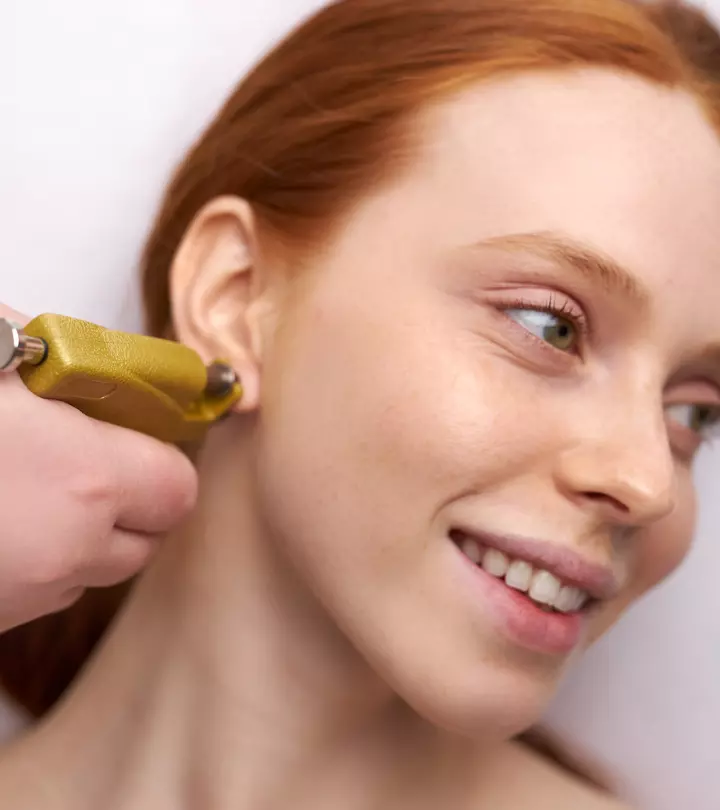
Image: Shutterstock
You must be familiar with the standard earlobe piercing, but do you know that slightly altering it can elevate this common placement to something edgy and bold? The transverse lobe piercing, with its unique horizontal placement through the earlobe, is all the rage right now. This popular piercing adds a unique touch to your traditional piercings, offering versatility in terms of ear jewelry as well. If this altered placement has you intrigued, read on as we explore the process of transverse lobe piercing, its cost, pain level, healing time, aftercare tips, and suitable jewelry options. Scroll down!
 Piercing Guide: Transverse Lobe Piercing
Piercing Guide: Transverse Lobe Piercing- Placement: Horizontally, across the earlobe or along the edge
- Best Jewelry: Studs, hoops, and barbells
- Cost: $40 to $100
- Pain Level: Low to medium
- Healing Time: 9 to 12 weeks
In This Article
What Is A Transverse Lobe Piercing?
View this post on Instagram
A transverse lobe piercing is a trendy ear modification that involves piercing the earlobe horizontally. Unlike traditional piercings that go straight through the lobe, front to back, this earlobe piercing creates a unique and eye-catching look along the edge of the earlobe. This method allows for the insertion of various types of jewelry, from simple studs to curved barbells, providing a wide range of options to express one’s personal style. With its growing popularity, transverse lobe piercings have become a sought-after choice for those looking to make a bold statement with their ear adornments.
If you are looking forward to getting a transverse lobe piercing, knowing the process is necessary for making an informed decision. Check the section below for a detailed explanation.
Key Takeaways
- Transverse lobe piercings offer a trendy and unique ear modification, adding individuality to traditional lobe piercings.
- Adequate aftercare, including regular cleaning and avoiding irritation or inflicting trauma, is essential for minimizing discomfort and promoting proper healing.
- Choosing hypoallergenic jewelry materials and following professional advice can help prevent infections and ensure a smooth healing process.
How To Do A Transverse Lobe Piercing
- Your professional piercer will thoroughly clean the lobe area using a disinfectant solution to remove any dirt or bacteria, ensuring a sterile environment for the piercing.
- Then they will carefully mark the entry and exit points for the piercing on the lobe using a sterile marker, ensuring precise placements for the piercing.
- Using a sterilized hollow needle, they will pierce through the marked points on the lobe with a quick and precise motion to create the piercing holes.
- Once the piercing is made, they will quickly insert the chosen jewelry through the needle channel, ensuring it passes smoothly through the lobe without causing excess trauma.
- After the jewelry is inserted, they will securely fasten it in place using the appropriate closure mechanism, such as a screw-on ball or a push-fit end.
- You ensure the jewelry is adjusted for comfort and is properly positioned on the lobe, making any necessary tweaks with the help of your piercer to ensure it sits correctly.
- Post the piercing, you must follow the provided aftercare instructions, including regular cleaning with sterile saline soak and avoiding activities that may irritate the piercing, to promote proper healing and minimize the risk of abscesses or infection.
Chrissy McLaughlin, a blogger, got a transverse piercing and shared her thoughts about it in a blog post. She writes, “Again, this isn’t a type of piercing I see all the time when I’m out and about…even on a college campus. But it is still interesting, all the same. This piercing legitimately goes through the majority of your lobe. However, unlike the traditional lobe piercing, the piercing is not perpendicular to the lobe; a transverse lobe piercing passes through the lobe in a parallel fashion. And the only jewelry I have found commonly used is a barbell. Pain rate: 3 (i)”
After going through the procedure of a transverse piercing, it is natural to wonder about the pain level this type of piercing can cause when compared to others. Check out the section below to know where a transverse piercing lies on the pain scale.
How Much Does A Transverse Lobe Piercing Hurt?
Transverse lobe piercing pain levels can vary from person to person, but generally, the discomfort is manageable. Most people describe the sensation as a brief, sharp pinch during the piercing process, with some experiencing a dull ache afterward. Pain levels typically range from mild to moderate, and the process is often likened to getting an injection or a slight pressure on the earlobe. Factors such as individual pain tolerance, piercing technique, and the skill of the piercer can influence the intensity of pain experienced; however, the initial piercing pain is usually short-lived, subsiding quickly after the procedure. Adequate preparation, relaxation techniques, and choosing a reputable piercer can help minimize discomfort and ensure a smoother piercing experience.
 Pro Tip
Pro TipIf the discomfort and pain level associated with a transverse lobe piercing seems manageable for you, check out the section below to understand the healing stages and time required for the complete healing of this piercing.
How Long Do Transverse Lobe Piercings Take To Heal?
- Week 1-2
During the first two weeks, transverse lobe piercings typically present initial swelling, tenderness, and mild discomfort. It is essential to clean the piercing twice daily with a saline solution and avoid touching or rotating the piece of jewelry to prevent irritation.
- Week 3-4
By the third and fourth weeks, the swelling and tenderness should begin to subside, but some redness and minor soreness may persist. Continue with the regular saline solution soaks and avoid sleeping on the pierced ear to aid in the healing process.
- Week 5-6
Around this time, the piercing site may start to feel less sensitive, and any remaining redness should gradually fade. However, it is crucial to remain vigilant with aftercare instructions and refrain from changing the jewelry prematurely.
- Week 7-8
By now, most transverse lobe piercings should be significantly healed, with minimal to no discomfort or irritation. Continue to clean the piercing as needed and monitor for any signs of infection or complications.
- Week 9-12
During the final weeks of the healing process, the transverse lobe piercing should be fully healed, with no swelling, tenderness, or redness. However, it is essential to continue practicing good hygiene, and avoid exposing the piercing to harsh chemicals or environments to maintain its health and longevity.
Like all other types of piercings, the healing time of a transverse lobe piercing is highly dependent on aftercare practices. Check out the section below to learn about some aftercare rules.
Aftercare Tips For A Transverse Lobe Piercing
- Clean the piercing gently twice daily using a saline solution or a mild, fragrance-free soap to keep it free from bacteria and debris.
- Be cautious not to touch the piercing unnecessarily or with unclean hands, as this can introduce bacteria and slow down the healing process.
- Refrain from submerging the piercing in pools, hot tubs, or other bodies of water until it has completely healed to avoid infection (1).
- Try minimizing the use of hair products as the harsh chemicals in them may irritate the piercing.
- Regularly inspect the piercing for any signs of potential infections, trauma, bleeding, allergy, or scarring (2).
- If you experience any discomfort, unusual symptoms, or concerns during the healing process, do not hesitate to consult a professional piercer or healthcare provider for guidance and assistance.
 Pro Tip
Pro TipOne of the most important parts of proper aftercare is cleaning the piercing. Check out the section below to learn how to clean your transverse lobe piercing.
How To Clean A Transverse Lobe Piercing
- Begin by washing your hands thoroughly with a mild soap and water.
- Mix 1/4 teaspoon of non-iodized sea salt with 1 cup of warm distilled water to create a saline solution. You can also use a store-bought wound cleaner but make sure it does not contain any harsh ingredients, such as alcohol.
- Soak a clean cotton ball or pad in the sterile saline solution.
- Gently clean around the piercing site, ensuring to remove any crusti Dried blood or other fluids that form a layer during the healing process to help protect the wound. or debris.
- Rinse the piercing with warm water to remove any remaining debris or residue.
- Pat the area dry with a clean paper towel or allow it to air dry completely.
- Repeat this cleaning process twice daily, preferably in the morning and before bedtime, to maintain proper hygiene and promote healing.
After ensuring cleanliness, selecting suitable jewelry for your transverse lobe piercing is also essential. Choosing appropriate jewelry contributes significantly to the healing process and overall comfort. Check out the section below to know more.
Picking Transverse Lobe Piercing Jewelry
Transverse lobe piercing jewelry comes in three distinct types, each offering unique styles and benefits. Here are the popular jewelry types used:
1. Studs
View this post on Instagram
Simple and versatile, studs are one of the most popular jewelry styles for transverse lobe piercings, available in different designs and materials.
2. Hoops
View this post on Instagram
Hoop earrings offer a classic look and are a slightly offbeat choice of jewelry for this placement. They come in various sizes and styles, including captive bead rings and seamless hoops.
3. Barbells
View this post on Instagram
Featuring a straight bar with beads on both ends, barbells are suitable for those seeking a minimalist yet stylish option. You can choose either a curved barbell or straight barbell as per your aesthetic.
Not just the styles but being careful while choosing the jewelry material can also help in quick healing. Check out the tips listed below to make an informed choice.
Tips For Choosing The Right Jewelry Material And Size:
- Opt for hypoallergenici Products or materials that are less likely to cause allergic reactions and are gentle on sensitive skin. materials like surgical steeli High-quality metal commonly used in body jewelry, known for its durability, resistance to corrosion, and hypoallergenic properties. or titanium to minimize the risk of irritation (3).
- Consider the size and weight of the jewelry to ensure comfort and proper healing.
Along with choosing the right jewelry, one must also know when to change the jewelry for a stylish look. Read on to know more.
When And How To Change The Jewelry
- Wait until the piercing has fully healed before changing jewelry. This should typically take 12 weeks or more depending on how well the piercing heals.
- Wash your hands and cleanse the new jewelry thoroughly before inserting it, and gently rotate or move the jewelry during the process to find the perfect spot to prevent discomfort.
If you are convinced about getting this stylish addition, let us figure out how much it can cost in the section below.
Cost Of A Transverse Lobe Piercing
Transverse lobe piercing costs can vary depending on factors like the piercing studio’s location, the expertise of the piercer, and the type of jewelry chosen. It is crucial to check these variables when planning for the piercing. While prices typically range from $40 to $100, consult your piercer before booking an appointment to inquire about any potential additional expenses, such as aftercare products. By understanding these considerations, one can make informed decisions regarding the piercing budget and ensure a satisfactory experience.
A transverse earlobe is done horizontally through the earlobe or along its edge for a versatile and trendy look. If you want to get this piercing done, it is advised to choose a highly skilled professional body piercer and a piercing parlor that maintains high-quality hygiene standards to minimize the risk of infection. The average healing time usually ranges between 9 to 12 weeks, depending on how well you take care of it and the type of jewelry you choose. Jewelry made of surgical steel or titanium are generally recommended as they are hypoallergenic and the safest materials for body jewelry. If you observe any signs of infection, like discharge or persistent pain, after 12 weeks of healing time, it is recommended to consult a healthcare professional or your piercer promptly.
Frequently Asked Questions
Are there any risks or complications associated with transverse lobe piercings?
Like all piercings, there are risks of infection, irritation, or allergic reactions. However, dedicated and proper aftercare can minimize these risks.
Are there any specific considerations for transverse lobe piercings in comparison to standard lobe piercings?
Transverse lobe piercings involve a different angle, which may affect healing and jewelry choice. Hence, seeking professional advice is crucial when opting for one, as they can offer tailored advice according to your needs and concerns.
Can I sleep on the side with a transverse lobe piercing?
It is advisable to avoid sleeping directly on the piercing to prevent irritation or discomfort during the healing process.
What should I do if my transverse lobe piercing becomes infected?
Wash the area with a saline solution using clean hands. Seek medical attention promptly, and follow the advice of the healthcare professional to treat the infection effectively.
Is it possible to stretch a transverse lobe piercing?
Yes, it is, but it requires careful stretching techniques and patience to avoid complications like tearing or scarring. Moreover, it requires an experienced piercer who is skilled in stretching the lobe for properly executing the process.
Can I swim or engage in water activities with a transverse lobe piercing?
It is best to avoid submerging the piercing in water until it is fully healed to reduce the risk of infection from pathogens present in the water.
Transverse earlobe piercings offer a unique and trendy look. Check out this video of a vlogger who got transverse earlobe piercings and talks about healing times, the procedure, as well as the risk of migration. Click play to know more.
Personal Experience: Source
StyleCraze's articles are interwoven with authentic personal narratives that provide depth and resonance to our content. Below are the sources of the personal accounts referenced in this article.
(i) Part II: Types of Ear Piercingshttps://mypiercingstory.wordpress.com/2014/11/17/part-ii-types-of-ear-piercings/
References
Articles on StyleCraze are backed by verified information from peer-reviewed and academic research papers, reputed organizations, research institutions, and medical associations to ensure accuracy and relevance. Read our editorial policy to learn more.
- Infections acquired via fresh water: From lakes to hot tubs
https://journals.asm.org/doi/10.1128/microbiolspec.iol5-0019-2015 - Body piercing infections
https://www.ncbi.nlm.nih.gov/books/NBK537336/ - Jewelry For Initial Piercings
https://safepiercing.org/jewelry-for-initial-piercings/
Read full bio of Eve Phillips
Read full bio of Sangita Goel
Read full bio of Madhumati Chowdhury
Read full bio of Shreya Mukherjee







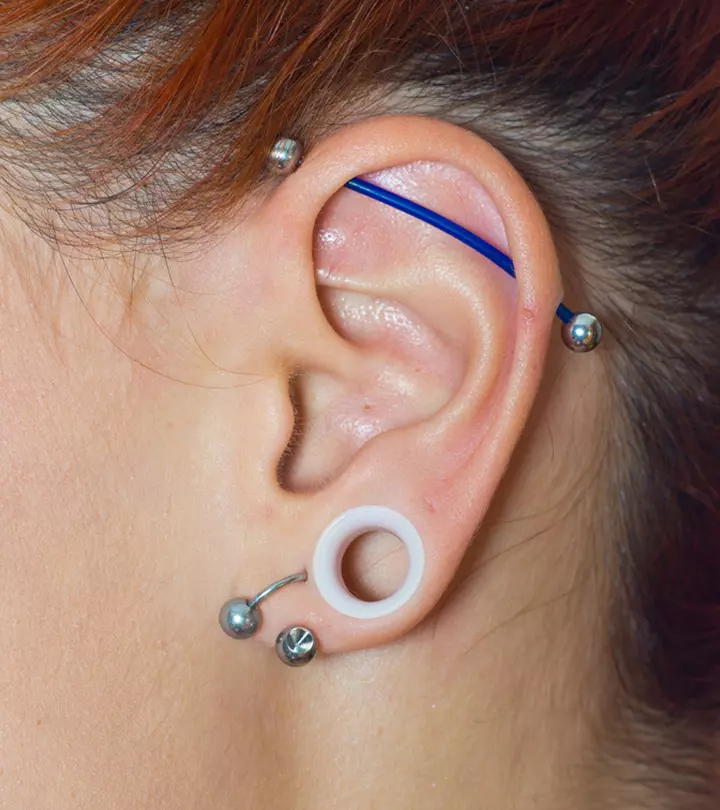
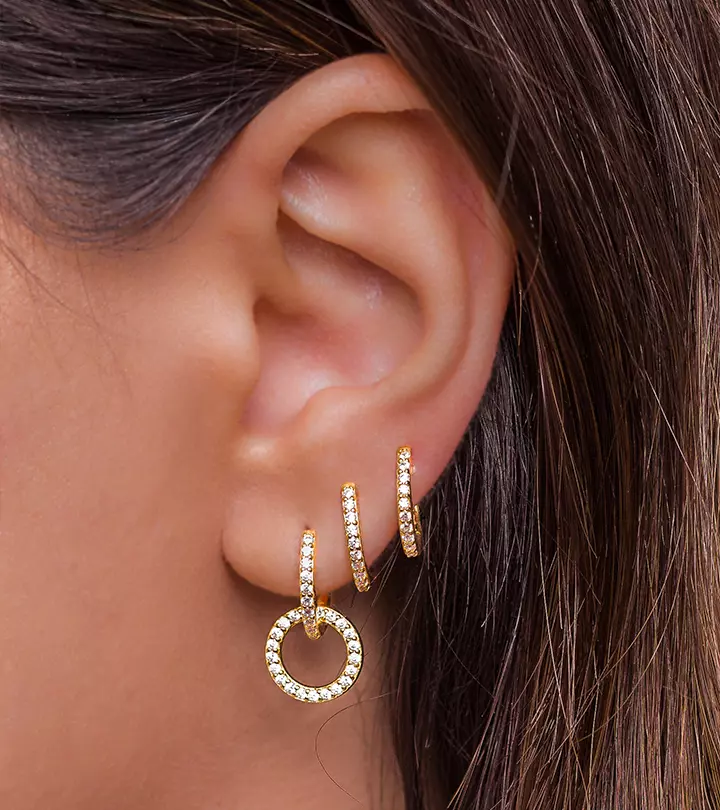
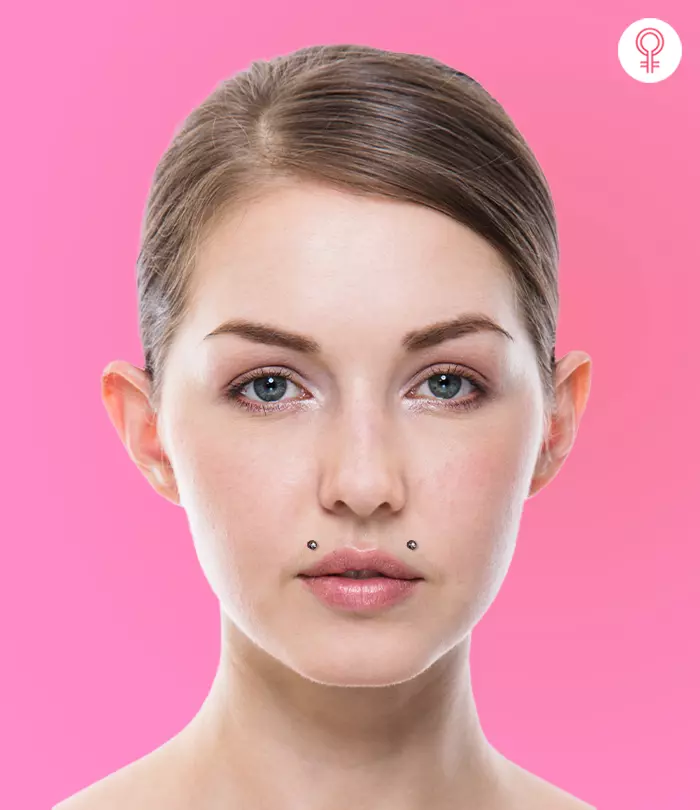

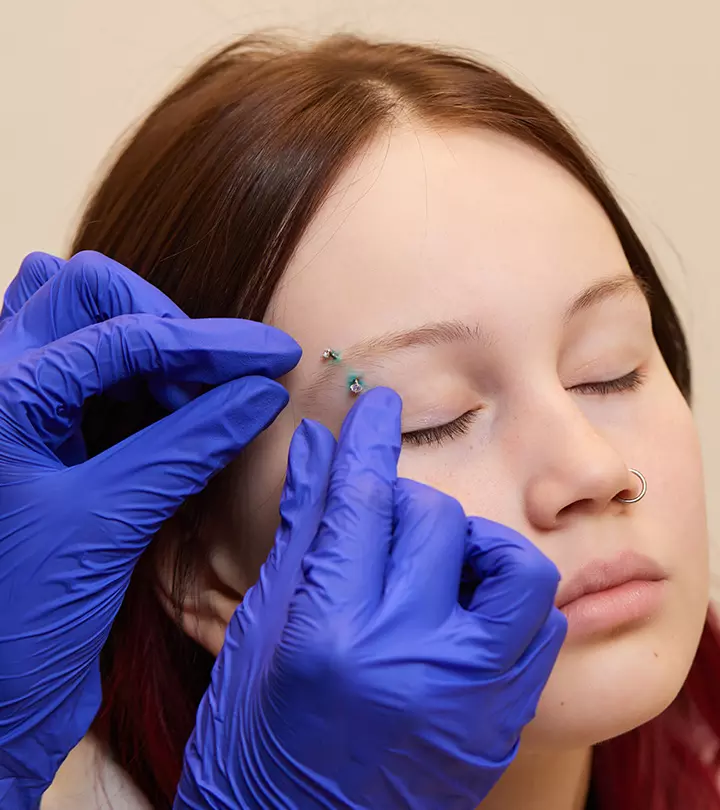
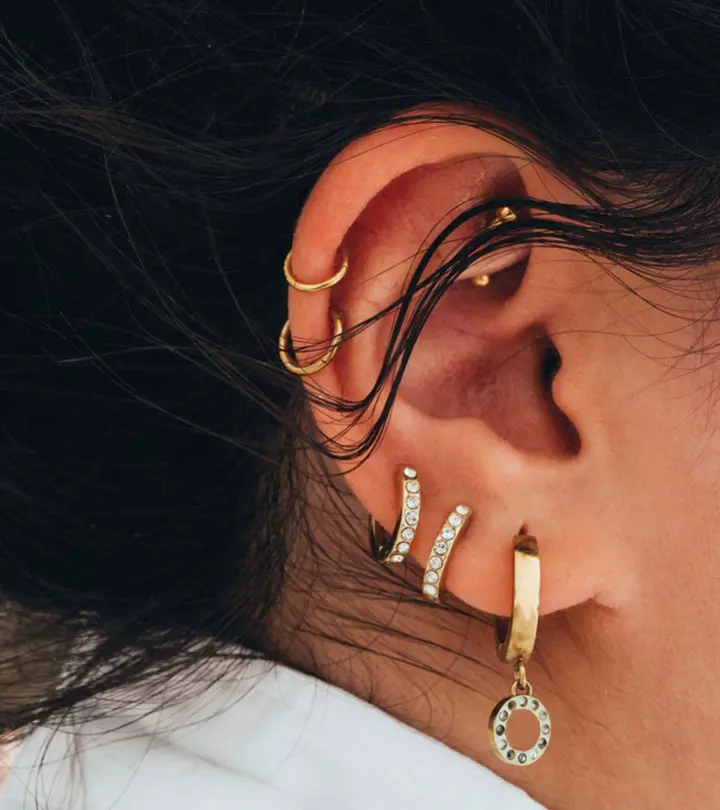
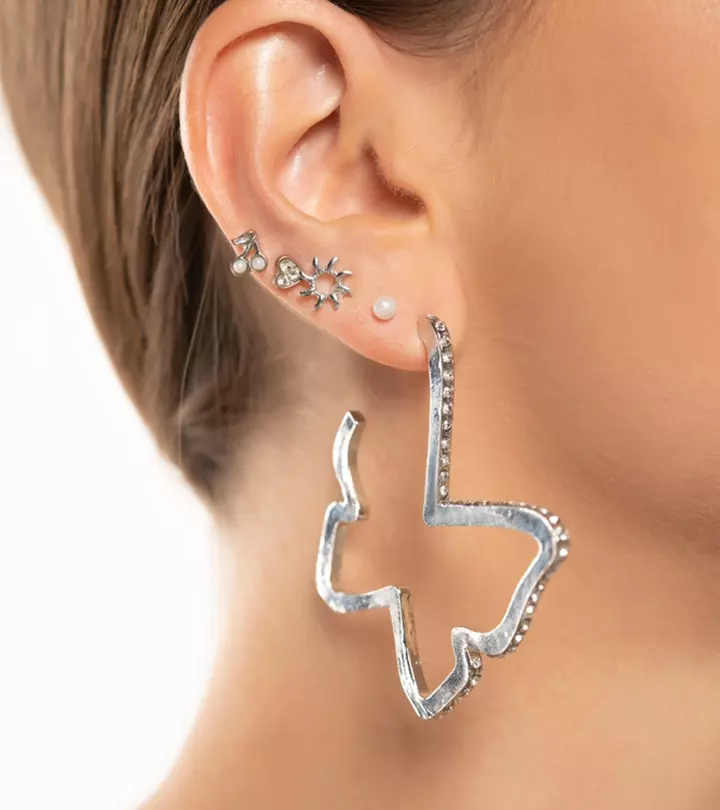
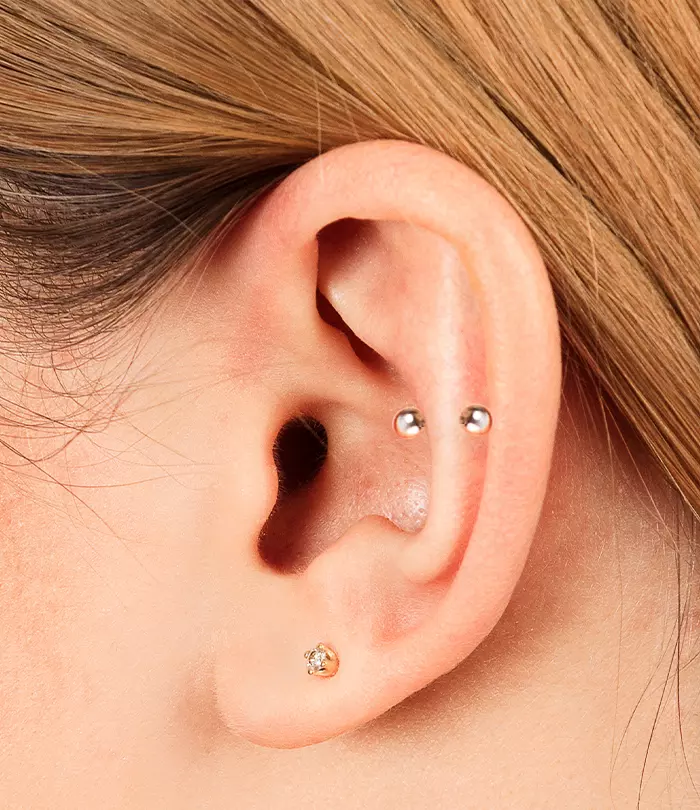

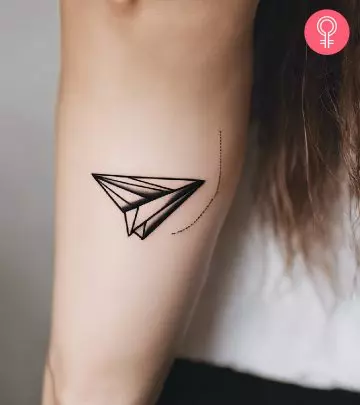


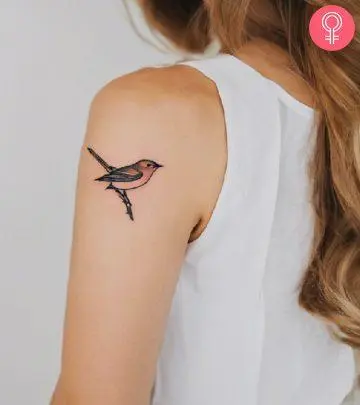

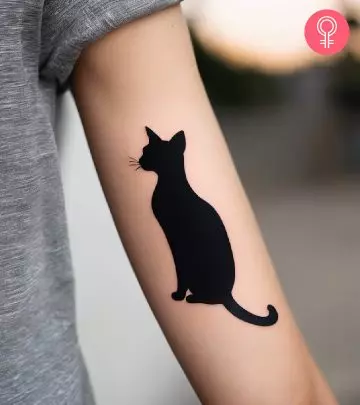


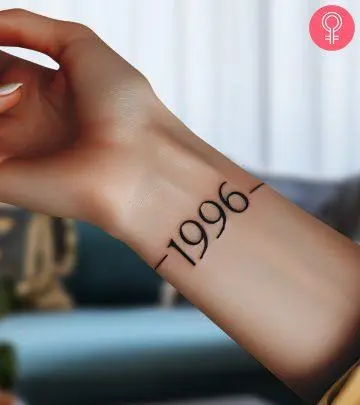
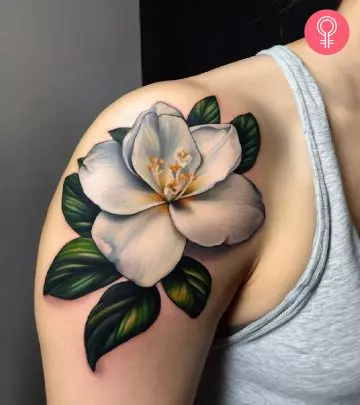

Community Experiences
Join the conversation and become a part of our empowering community! Share your stories, experiences, and insights to connect with other beauty, lifestyle, and health enthusiasts.